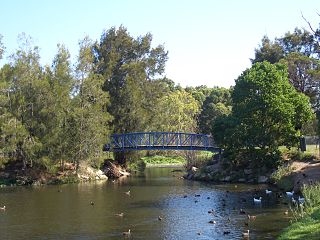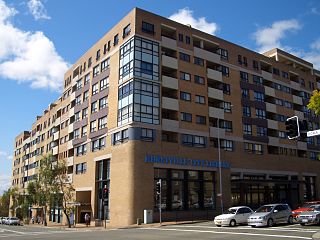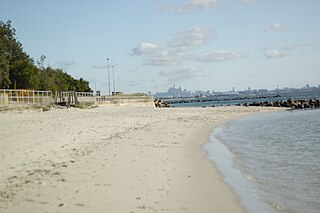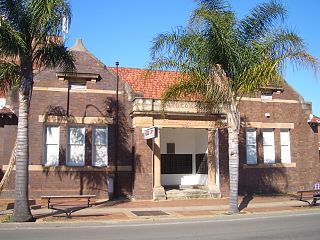Brighton-le-Sands: a brief history to 31 January 1971, prior to the name change for the suburb
Contents
- Names
- European settlement
- Boundaries
- 19th century development of Lady Robinson's Beach
- Early land acquisitions
- Building the tramway
- 1890s
- 20th-century development
- 1900s to 1930s
- 1940s to 1970s
- Late 20th century to present
- Storm damage
- Brighton-le-Sands Primary School
- Medical services
- Notable residents
- See also
- References
Brighton-Le-Sands is a suburb of Sydney, in the state of New South Wales, Australia. The suburb is on Lady Robinson Beach, at Botany Bay, in Bayside Council. Prior to 1970 the official name for the suburb was Brighton-le-Sands, a name which remained in use for many years after the official change of the name. This history concentrates on the period after European settlement to the 1970s.

Brighton-Le-Sands, is a suburb in southern Sydney, in the state of New South Wales, Australia. Brighton-Le-Sands is located 13 kilometres south-west of the Sydney central business district, on the western shore of Botany Bay. Brighton-Le-Sands is in the local government area of the Bayside Council and is part of the St George area.

A suburb is a mixed-use or residential area, existing either as part of a city or urban area or as a separate residential community within commuting distance of a city. In most English-speaking countries, suburban areas are defined in contrast to central or inner-city areas, but in Australian English and South African English, suburb has become largely synonymous with what is called a "neighborhood" in other countries and the term extends to inner-city areas. In some areas, such as Australia, India, China, New Zealand, the United Kingdom, and parts of the United States and Canada, new suburbs are routinely annexed by adjacent cities. In others, such as Saudi Arabia, France, and much of the United States and Canada, many suburbs remain separate municipalities or are governed as part of a larger local government area such as a county. In the United States, beyond the suburbs are exurbs, or "exurban areas", with less density but linked to the metropolitan area economically and by commuters.
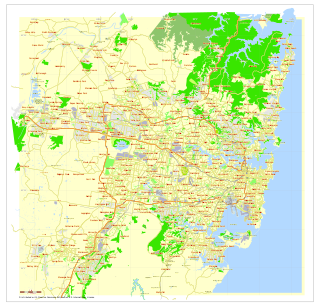
Sydney is the state capital of New South Wales and the most populous city in Australia and Oceania. Located on Australia's east coast, the metropolis surrounds Port Jackson and extends about 70 km (43.5 mi) on its periphery towards the Blue Mountains to the west, Hawkesbury to the north, the Royal National Park to the south and Macarthur to the south-west. Sydney is made up of 658 suburbs, 40 local government areas and 15 contiguous regions. Residents of the city are known as "Sydneysiders". As of June 2017, Sydney's estimated metropolitan population was 5,230,330 and is home to approximately 65% of the state's population.
